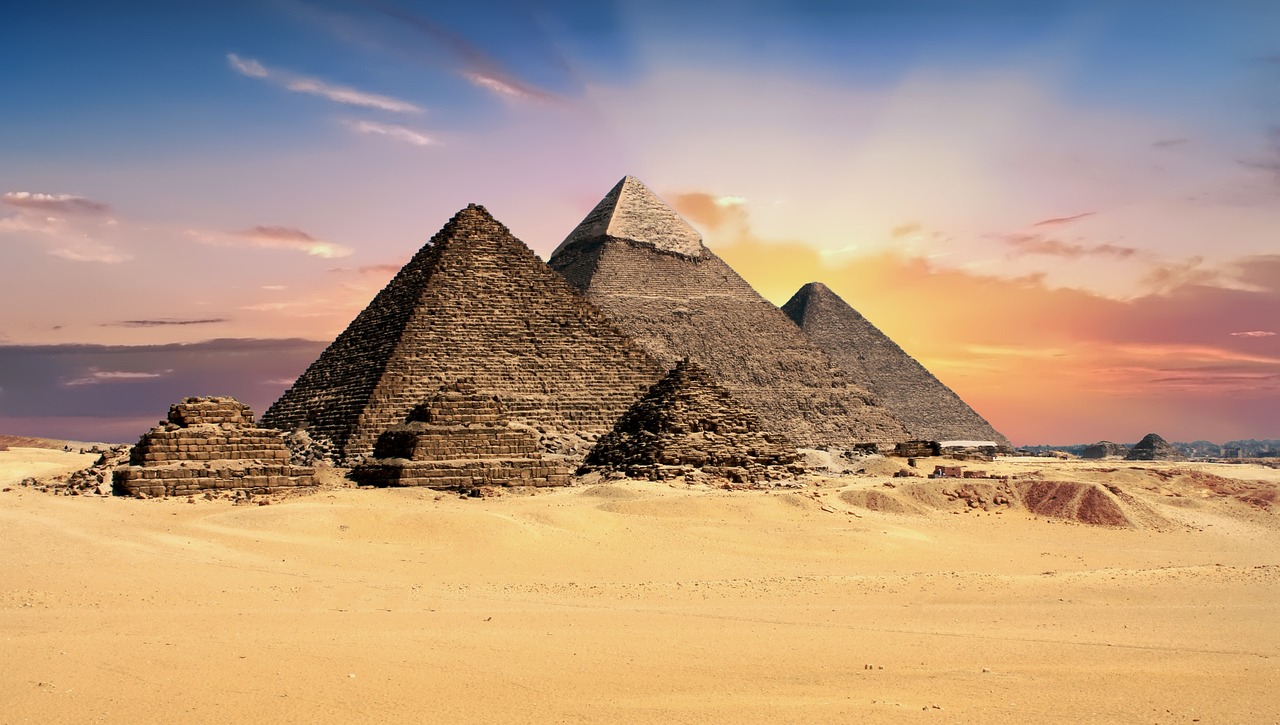Multi-national corporations and ancient Egyptian dynasties may seem vastly different at first glance, but upon closer examination, there are striking similarities between the two. Both have wielded immense power and influence over large populations, and both have left lasting legacies on the world.
In ancient Egypt, the pharaohs were the ultimate rulers, with god-like status and complete control over the country’s resources and labor force. They built monumental structures such as the pyramids, not only as tombs for themselves, but also as symbols of their power and wealth. The pharaohs also centralised the administration of the state, which helped to maintain order and stability throughout the country.
In a similar way, modern multi-national corporations also have vast resources and control over labor. They have the power to shape markets, influence governments, and affect the lives of people all over the world. They have also played a major role in shaping the global economy, and many have become household names. Like the pharaohs, modern corporations often use their wealth and power to build impressive structures, such as skyscrapers, as symbols of their success and prestige.
However, there are also significant differences between ancient Egyptian dynasties and modern multi-national corporations. Ancient Egypt was a theocracy, with the pharaohs claiming to be divine rulers and using religion to justify their power. In contrast, modern corporations operate within a capitalist framework, driven by profit and competition.
Another major difference is that the power of ancient Egyptian dynasties was largely concentrated in the hands of a small elite, while modern corporations are part of a complex network of shareholders, executives, and employees. This dispersed power structure in modern corporations also means that there is a greater potential for checks and balances on the actions of individual corporations.
While ancient Egyptian dynasties and modern multi-national corporations may have different origins and operate within different systems, they both have had a significant impact on the world. The pyramids and other monumental structures built by the pharaohs continue to fascinate and inspire people thousands of years later, while the products and services of modern corporations have become deeply ingrained in the fabric of daily life.
Despite the differences, one thing is clear: both ancient Egyptian dynasties and modern multi-national corporations have been major players in shaping the world as we know it today. And as civilization continues to evolve, it will be interesting to see how these powerful entities will continue to shape the future.


